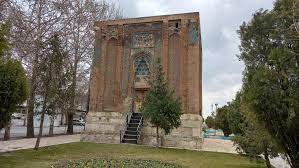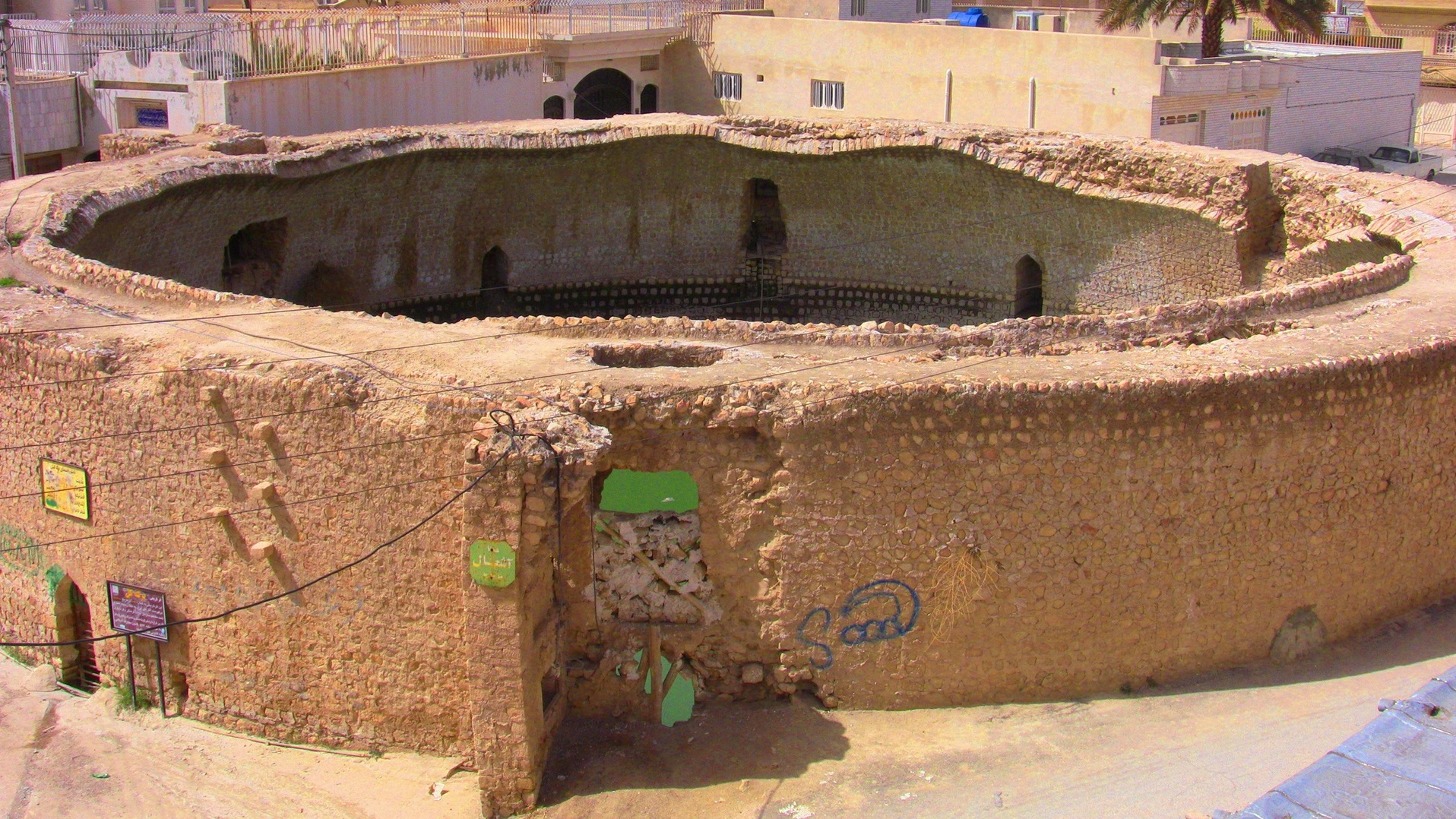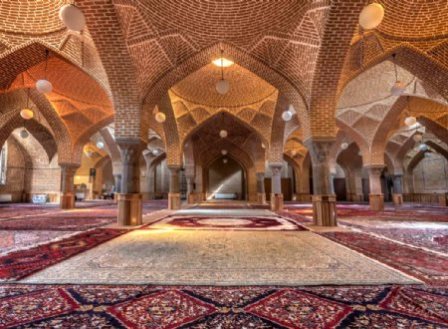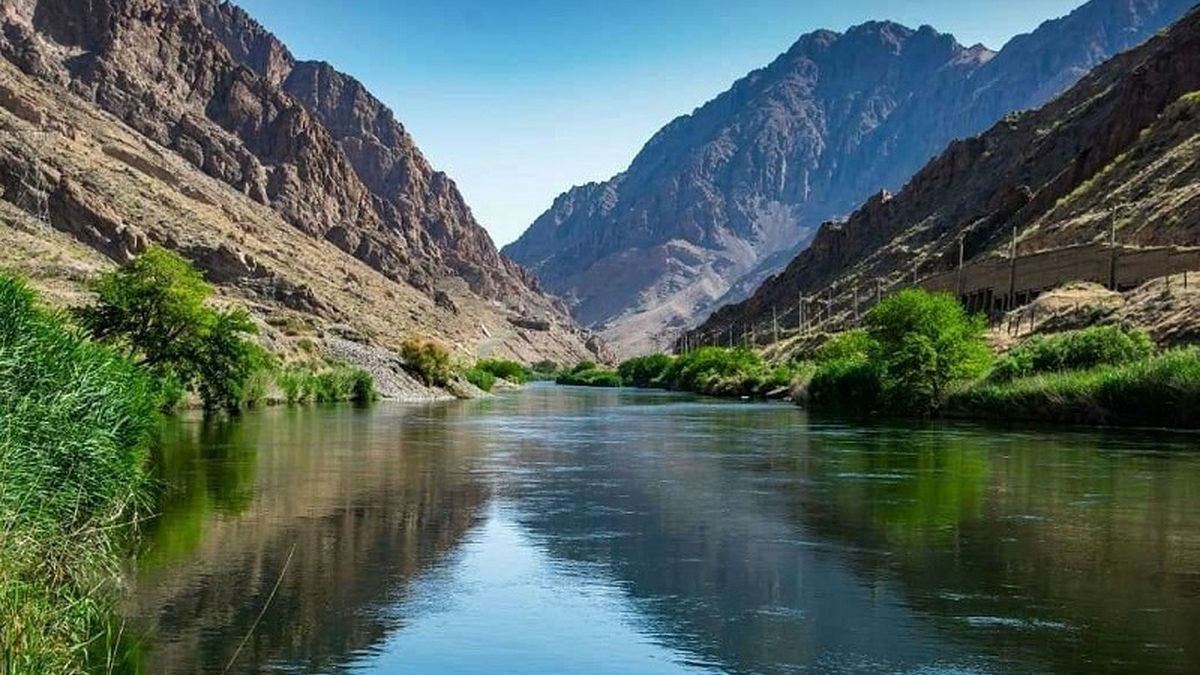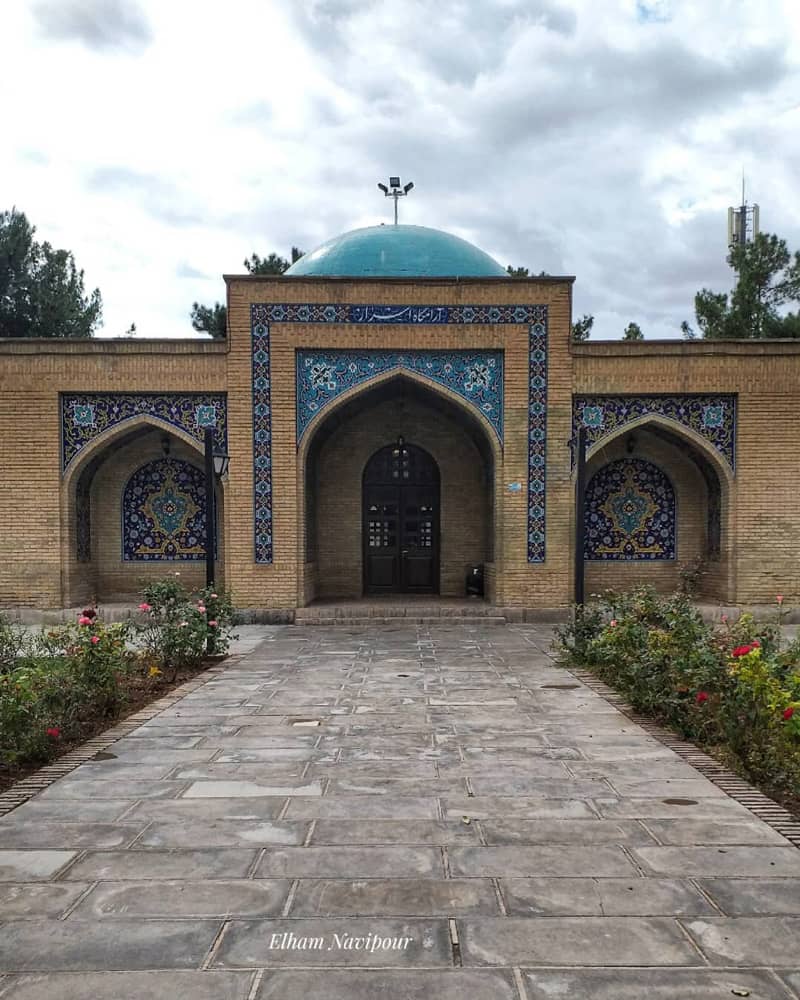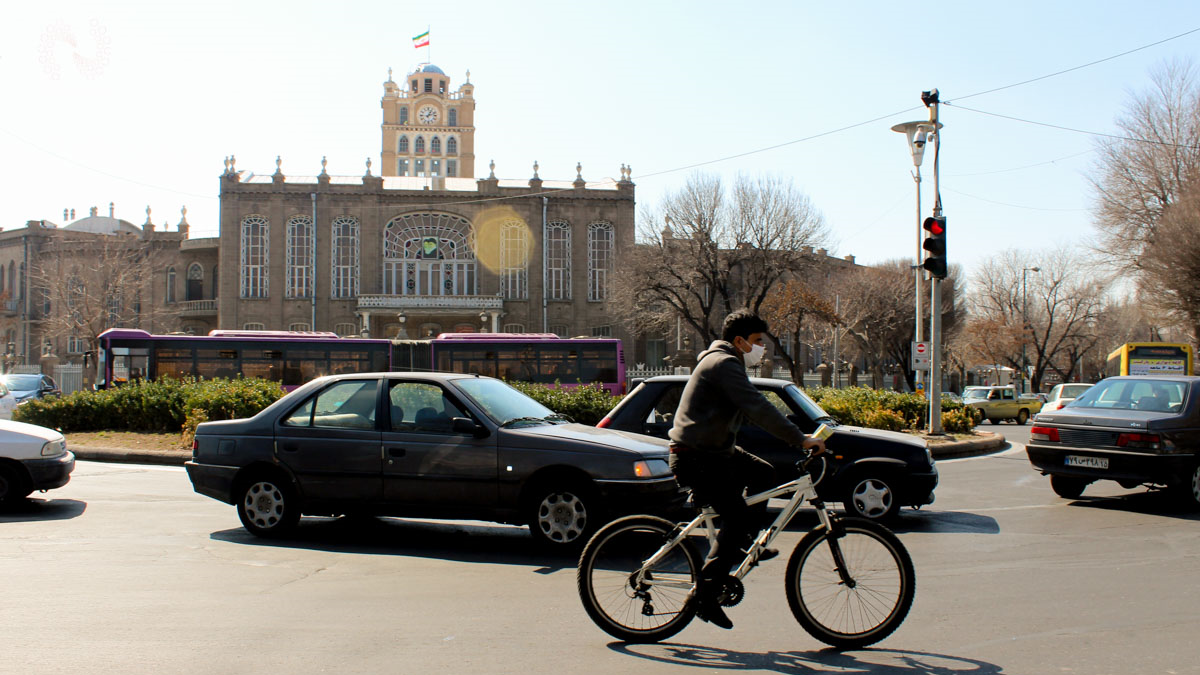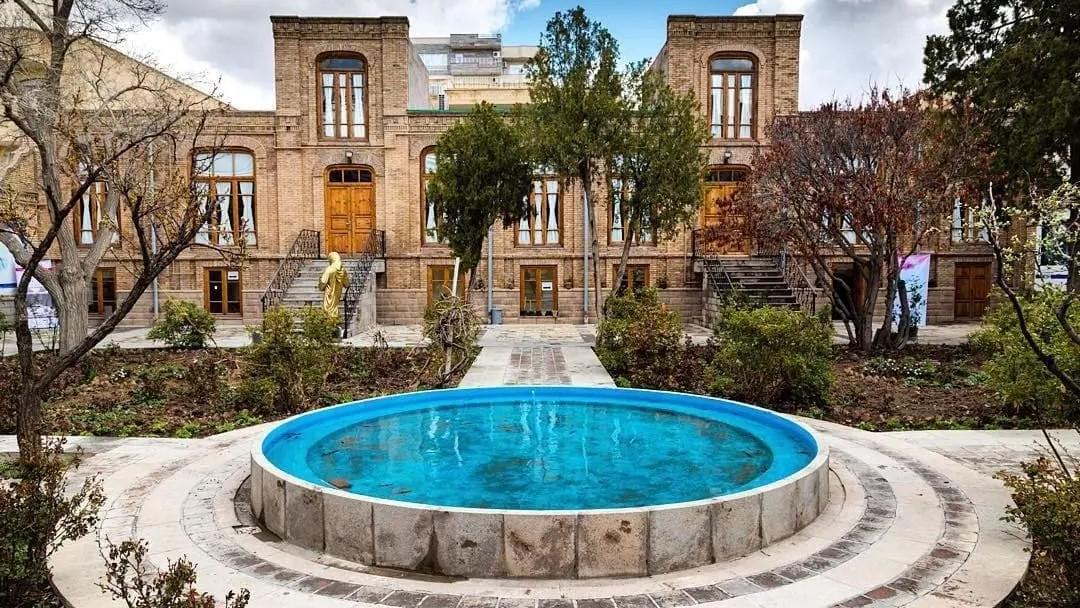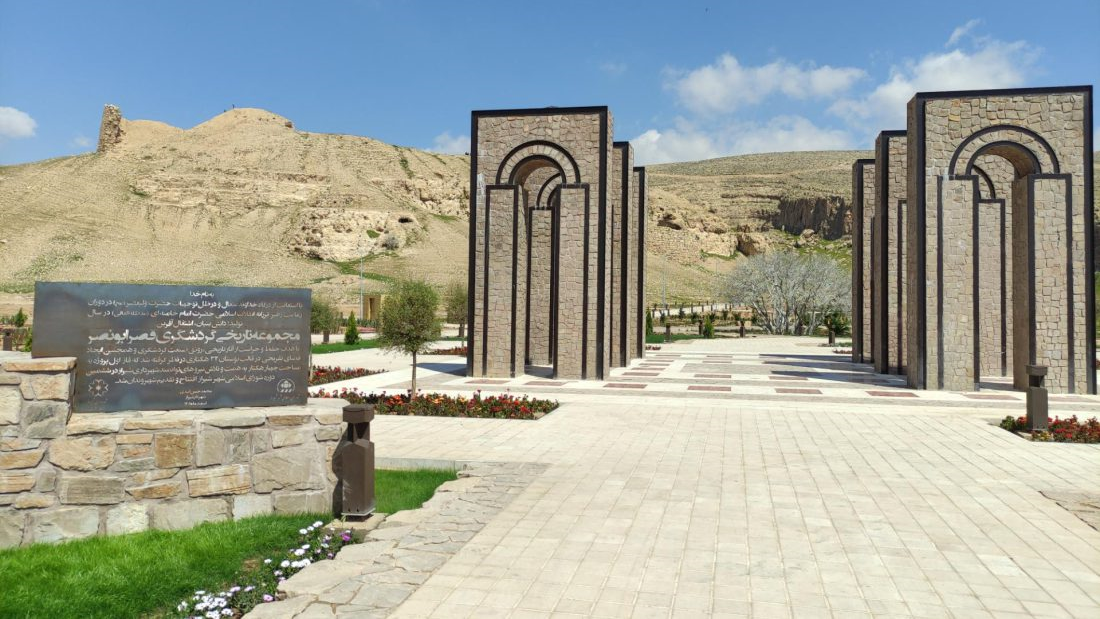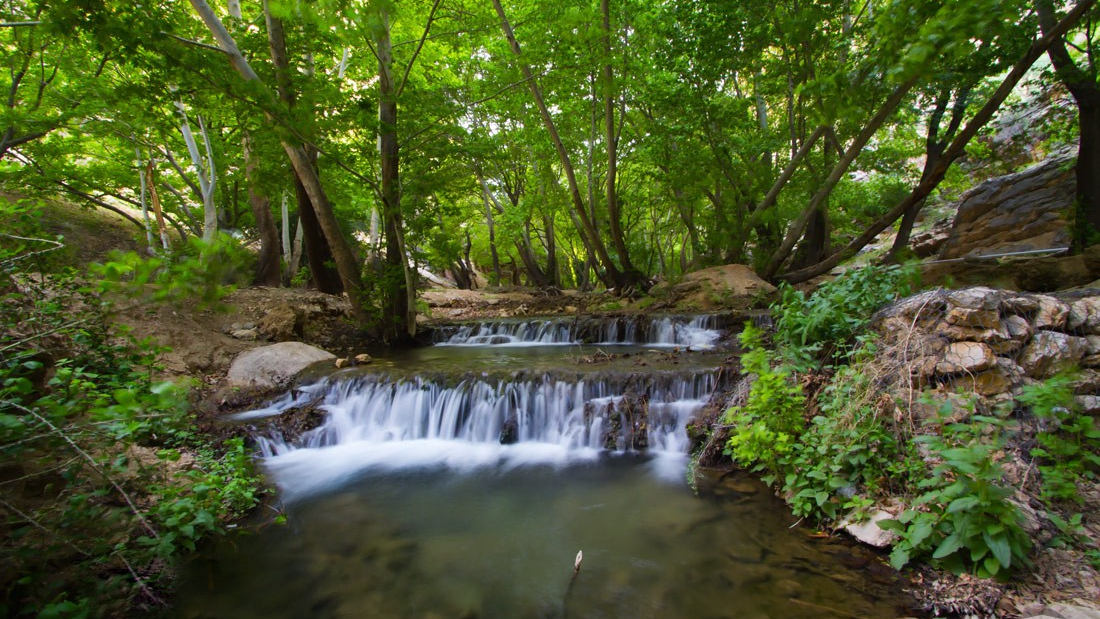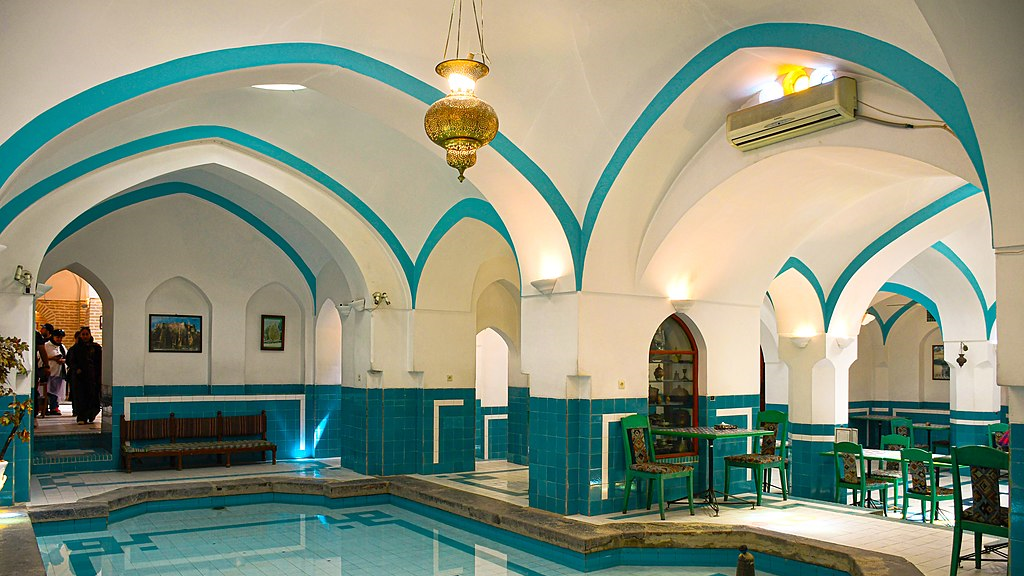
Tomb of Sheikh Heydar
The tomb of Sheikh Heydar is located in Meshginshahr (Ardabil Province). The main structure of the mausoleum was built in the 7th and 8th centuries AH, while its decorations and tilework date back to the late 9th and early 10th centuries AH, corresponding to the Safavid period.
The Tomb of Sheikh Heydar, attributed to the father of Shah Ismail I, is a brick structure. Externally, it is shaped like a cylindrical tower over 18 meters high with tile decorations, while internally it has a dodecagonal (12-sided) layout. The tomb is part of the Sheikh Heydar Complex, which was once the old cemetery of Meshginshahr.
The main sections of the complex include the gate, large courtyard, small courtyard, martyrs’ section (Shahidgah), Jannat Sara Mosque, and Cheleh Khaneh, which houses the Qandil Khaneh, Haram Khaneh, and Chini Khaneh. The Dome of Allah is considered the most striking and beloved part of the complex.
The tomb building rests on a stone foundation, and its entrance along with three windows are decorated with stucco muqarnas and tiles. Mihrab-shaped frames are visible throughout the structure.
Inside, the tomb consists of two floors—lower and upper levels. The entrance to the crypt (sardabeh) is located on the north side of the tower and is reached via a long staircase leading to a narrow passage that connects to the crypt. The vault in this section rests on a central brick column and the side walls. The burial chamber of Sheikh Heydar is located in the crypt.
It is said that the roof of Sheikh Heydar’s tomb originally had a golden dome, which was destroyed and looted by Russian forces during the conflict between the Qujabiqloo tribe and the Russians in 1896 CE (1275 SH).
| Name | Tomb of Sheikh Heydar |
| Country | Iran |
| State | Ardabil |
| City | Meshginshahr |
| Type | Historical |

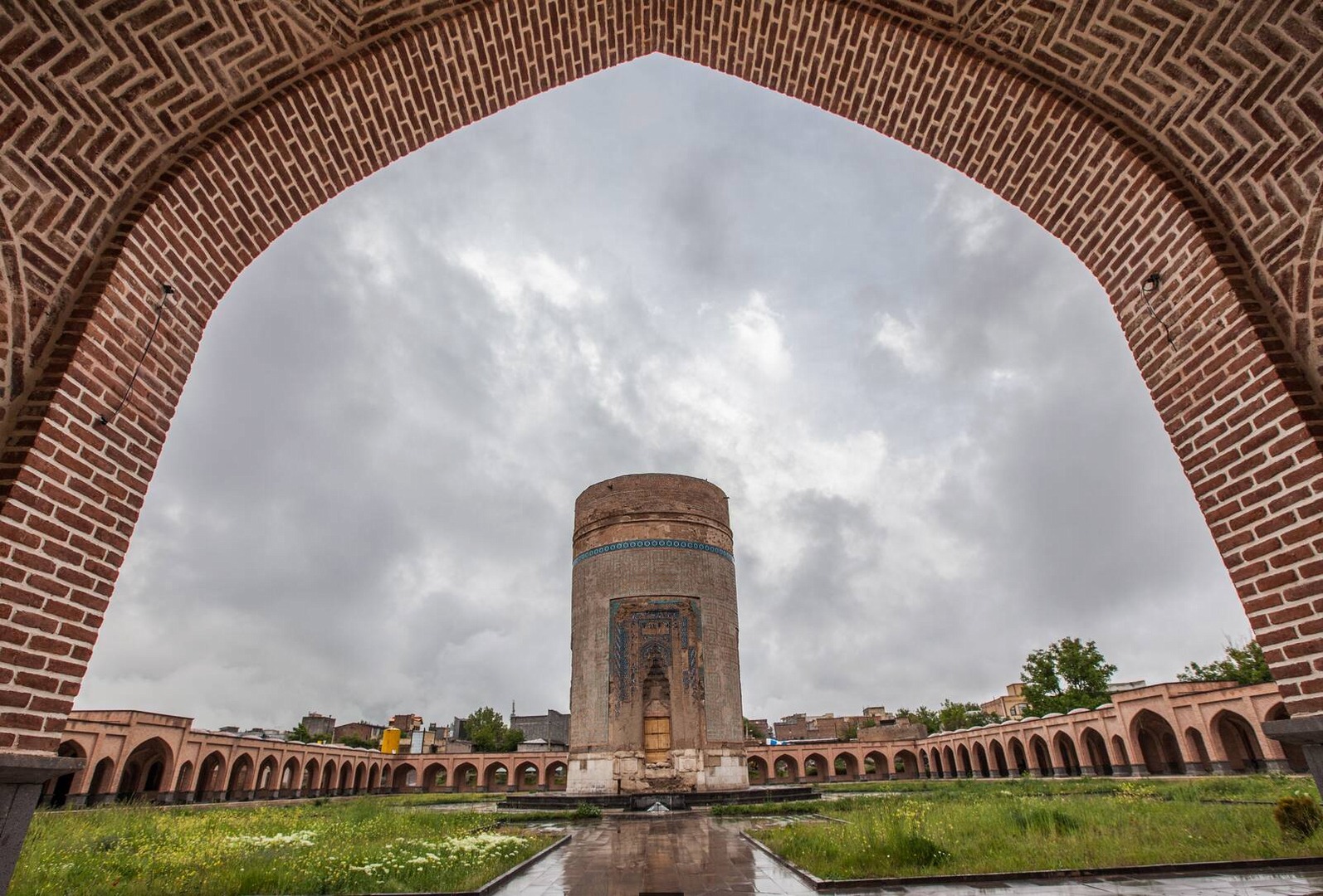
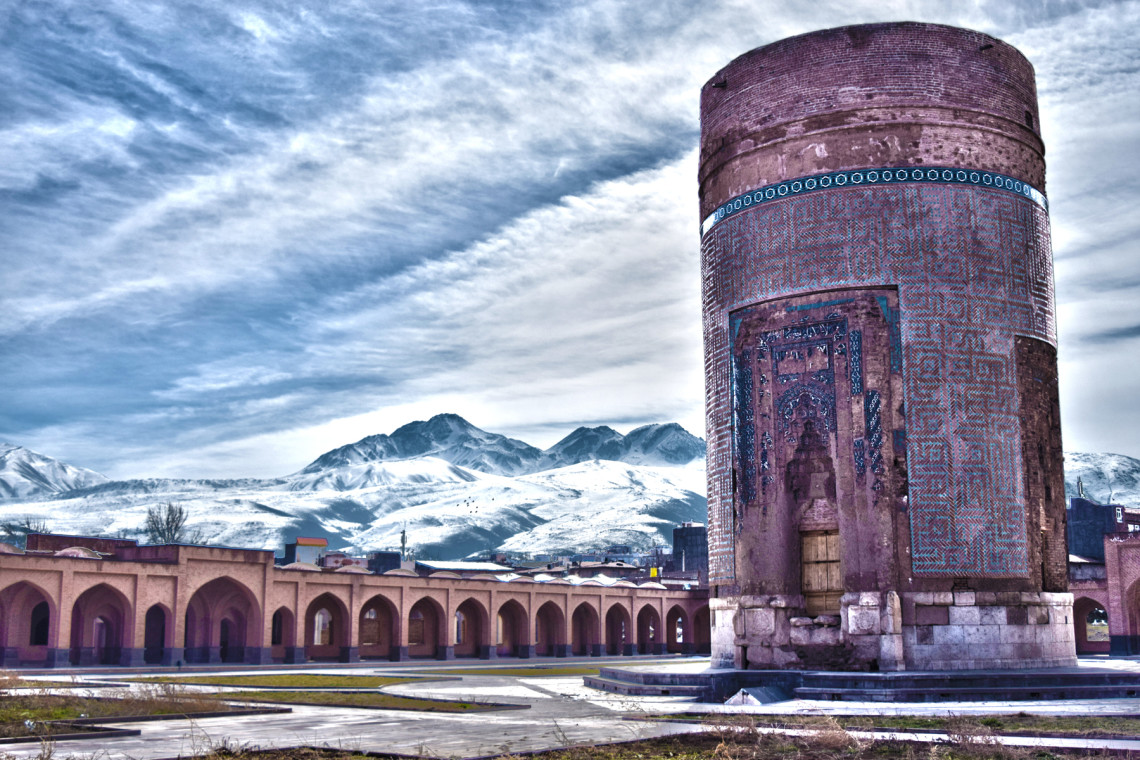
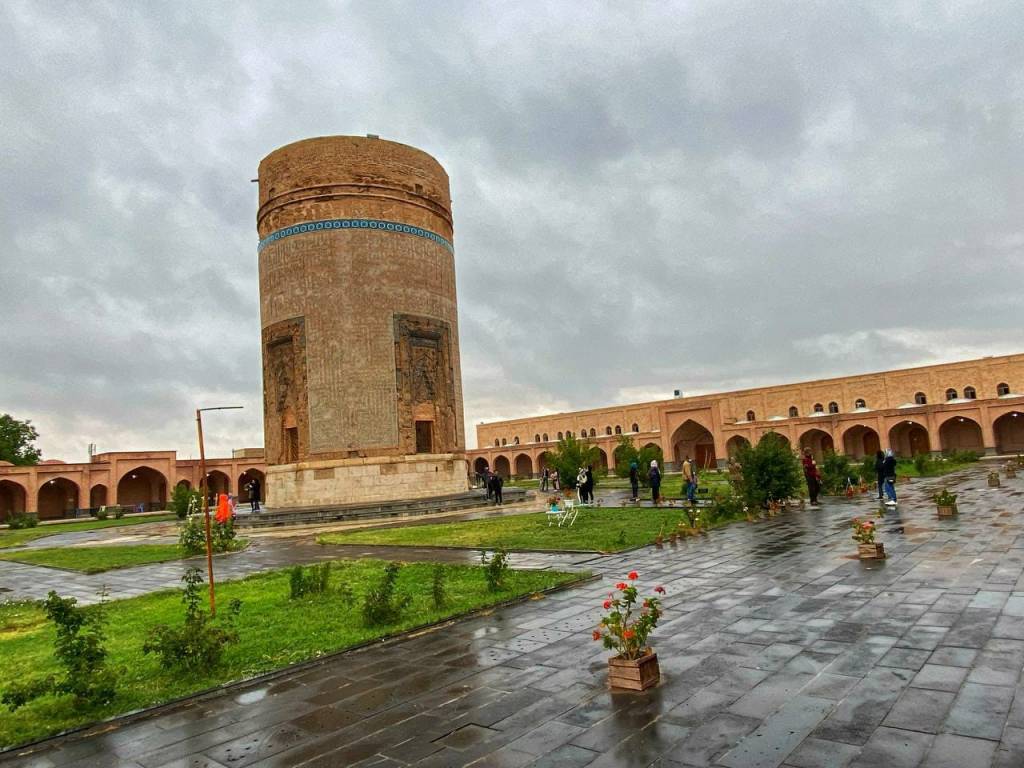




Choose blindless
Red blindless Green blindless Blue blindless Red hard to see Green hard to see Blue hard to see Monochrome Special MonochromeFont size change:
Change word spacing:
Change line height:
Change mouse type:
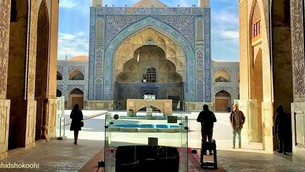
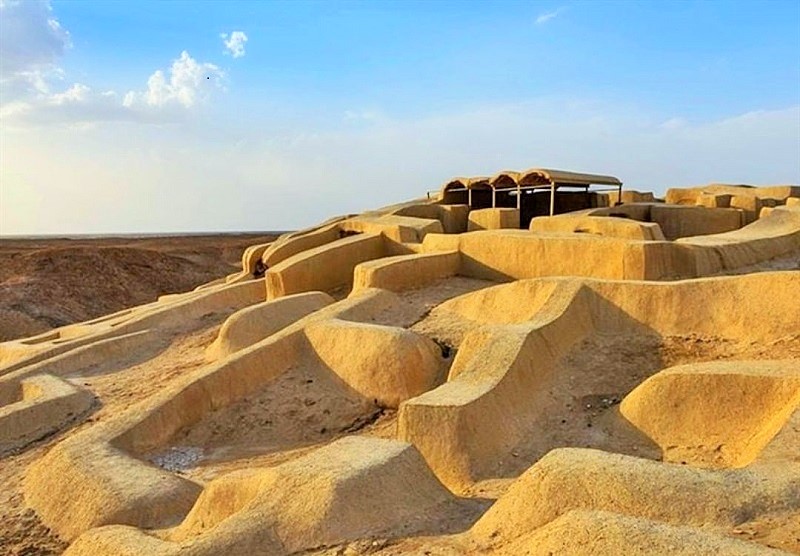
.jpg)
